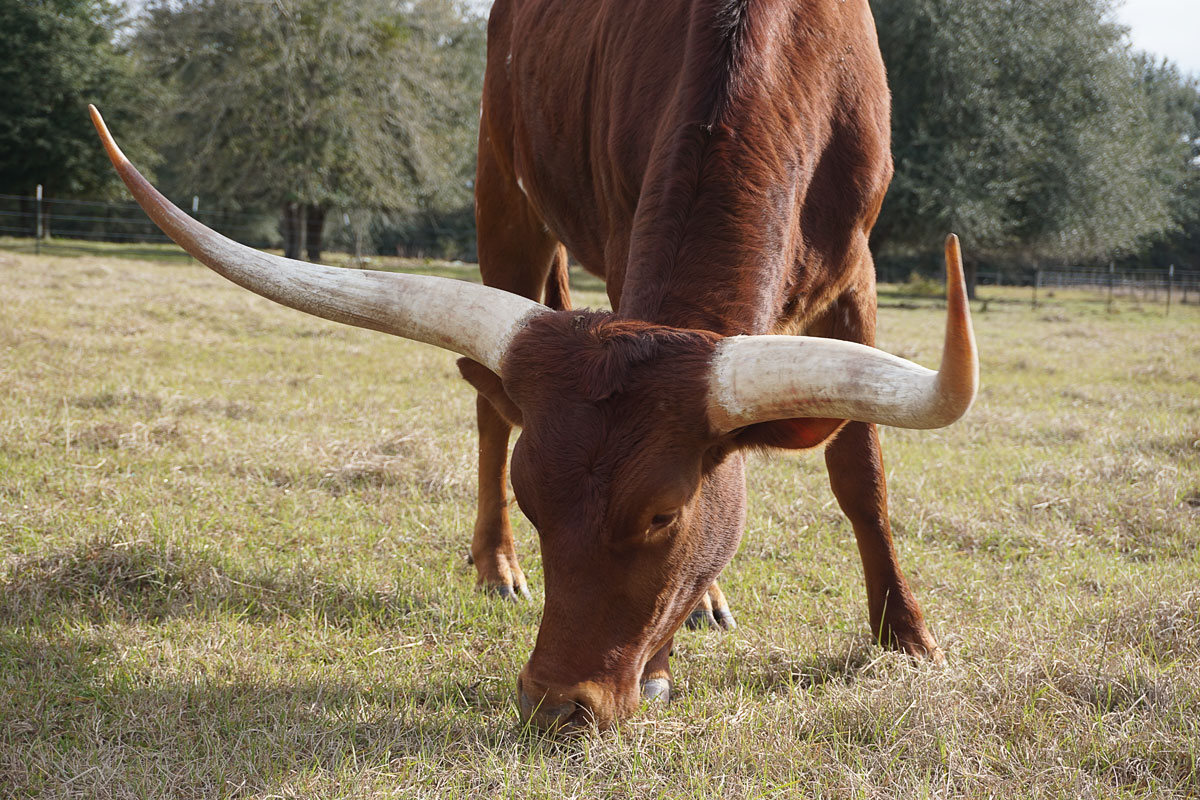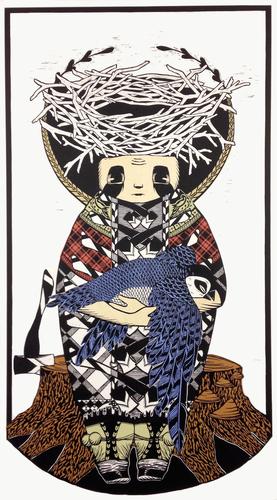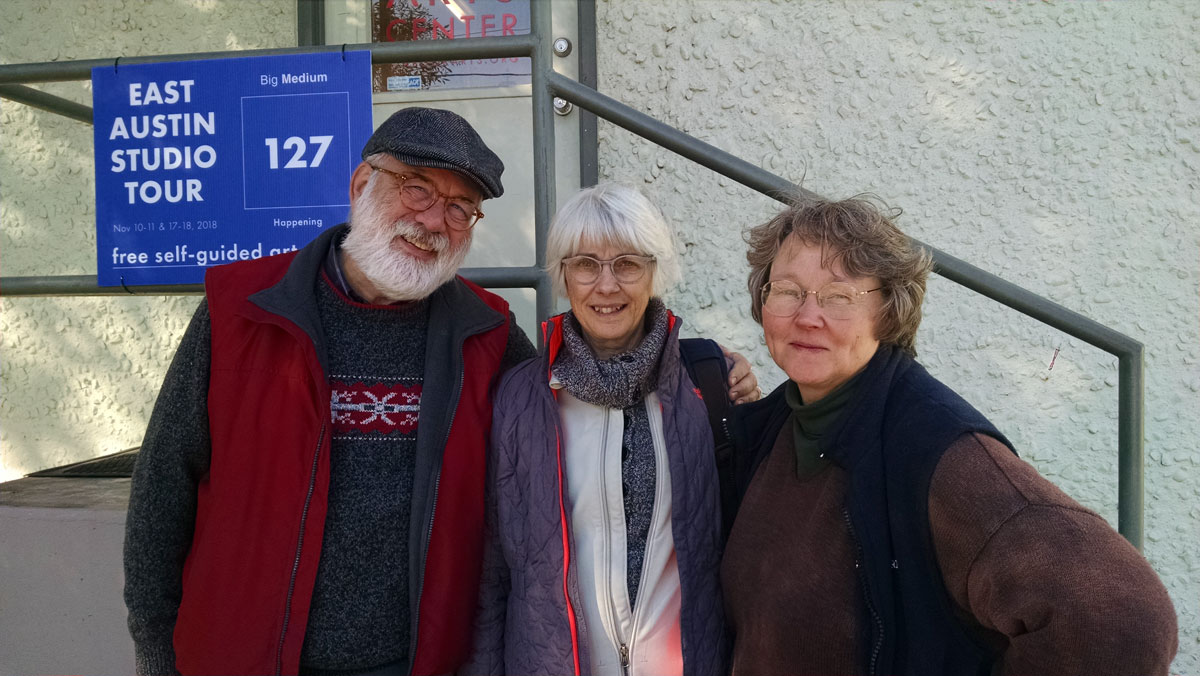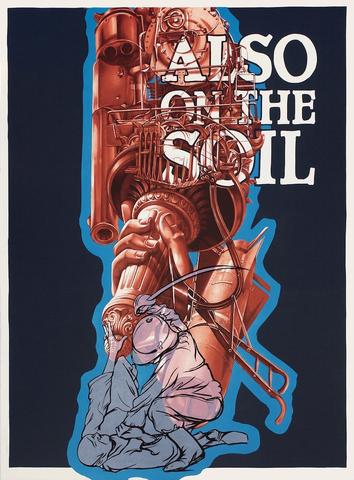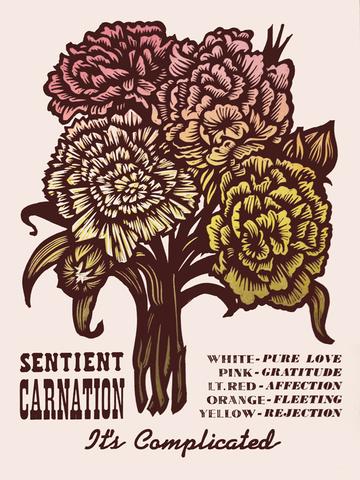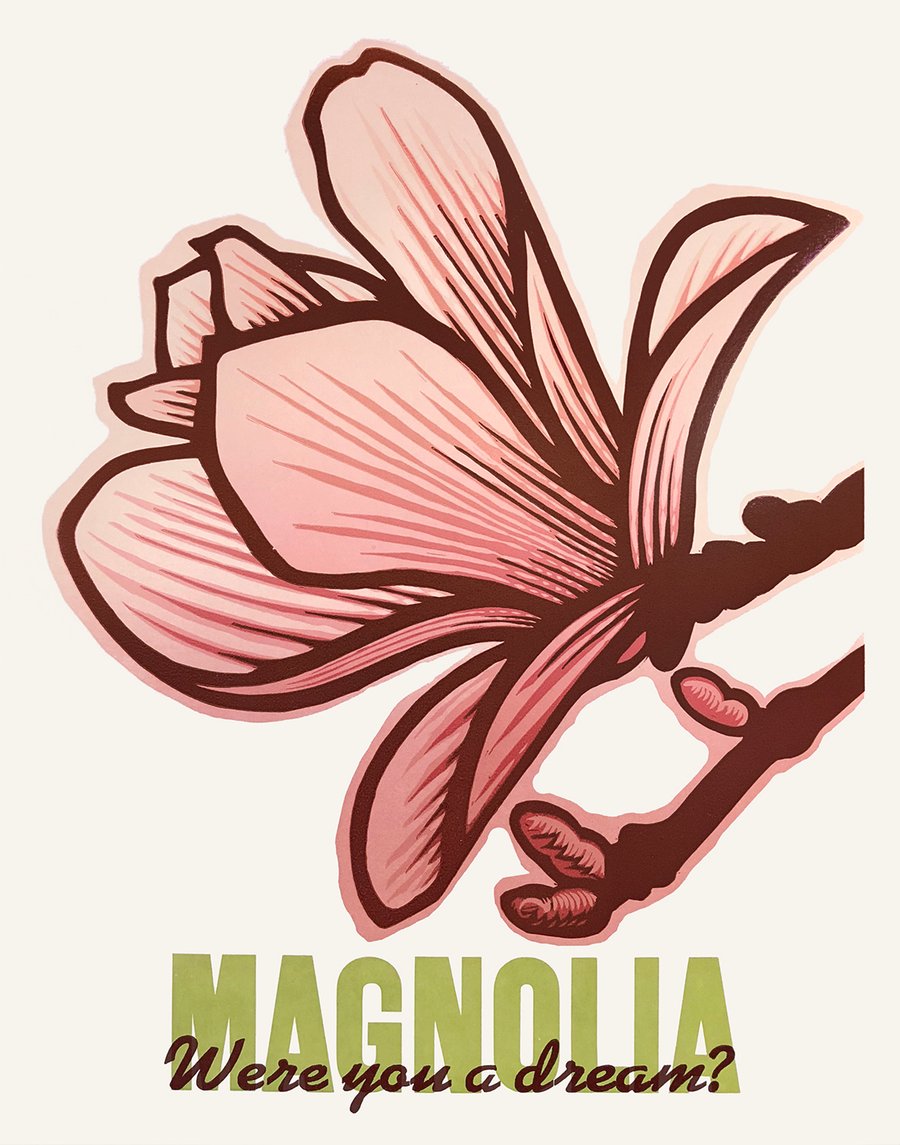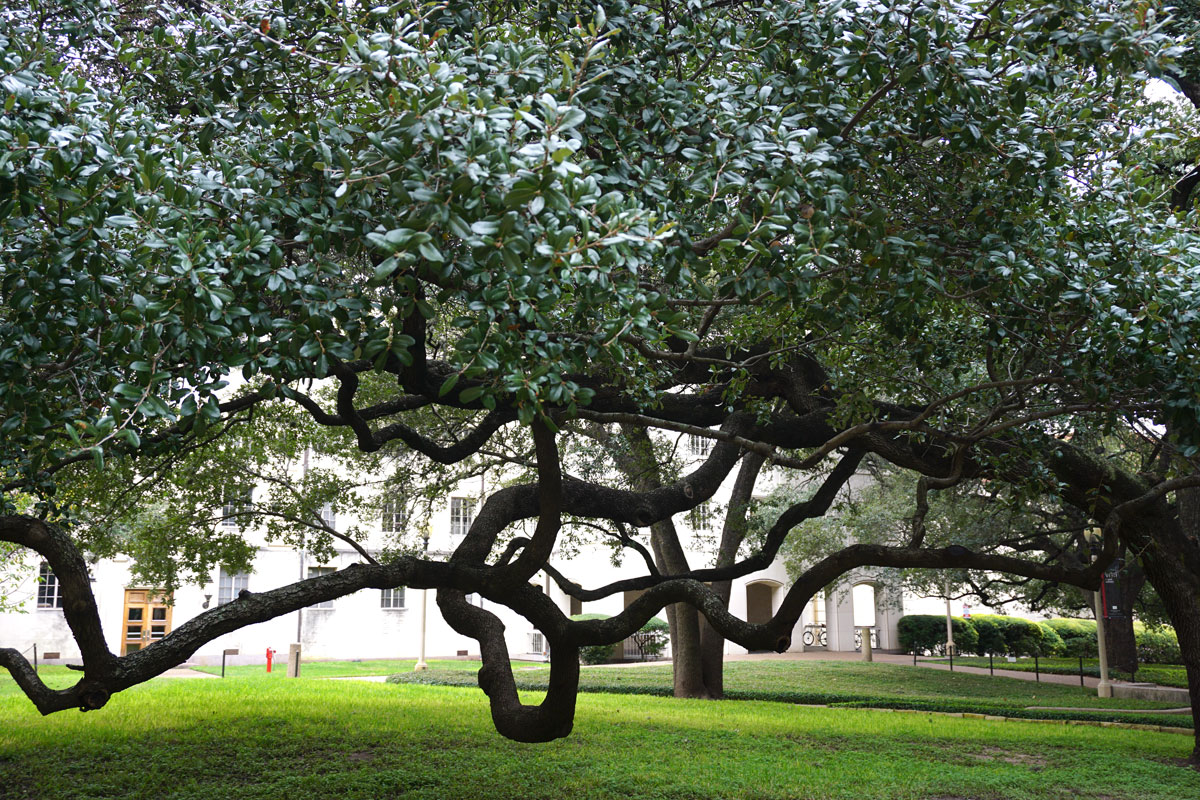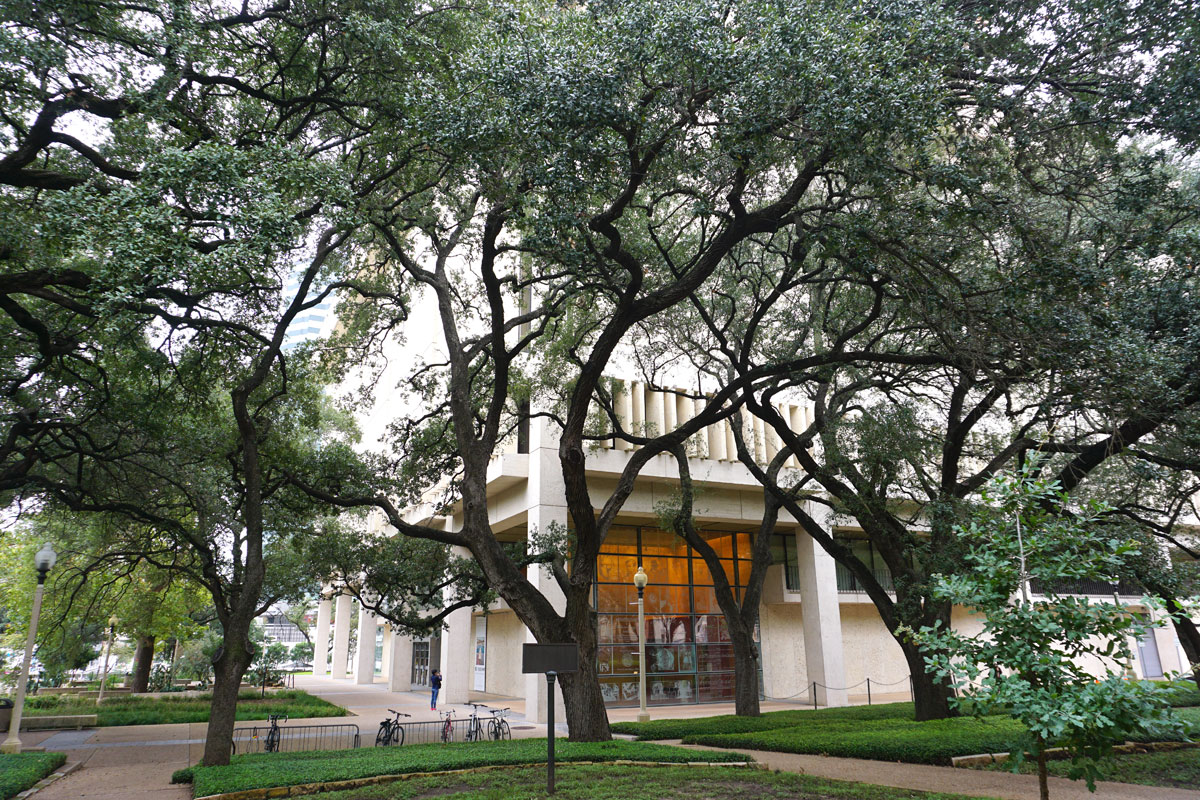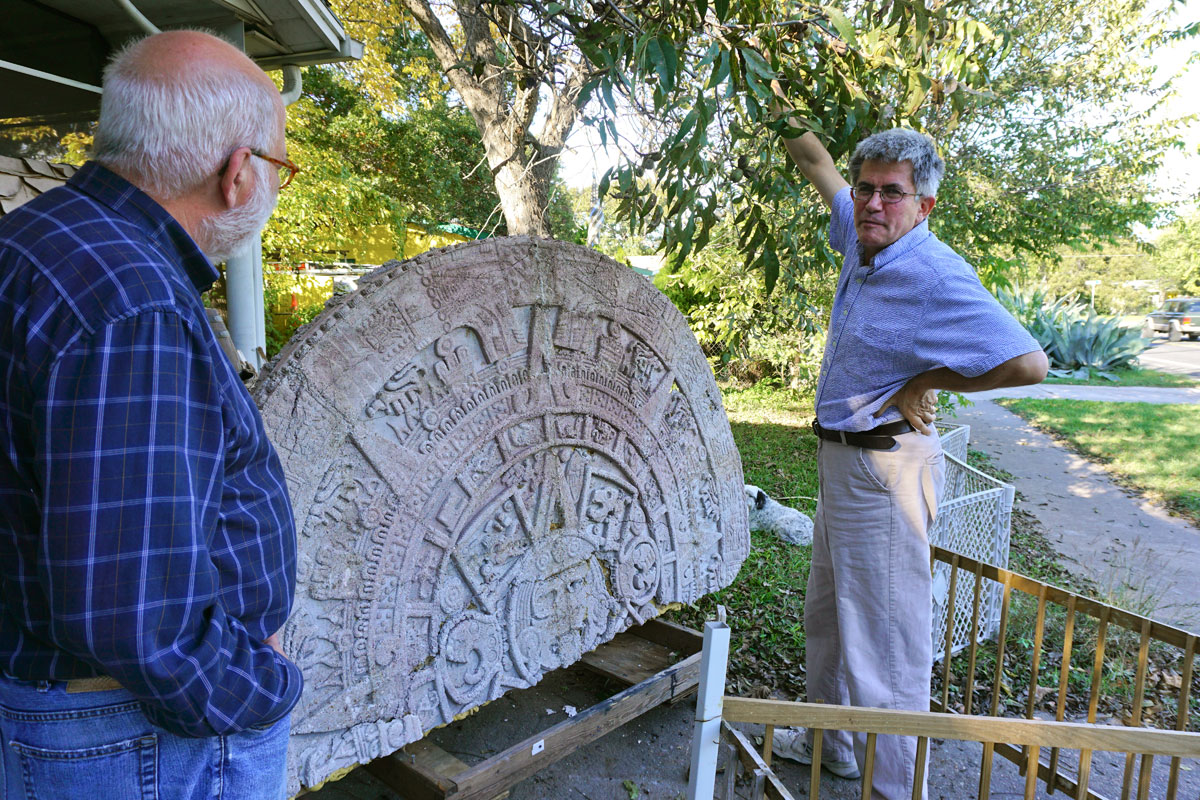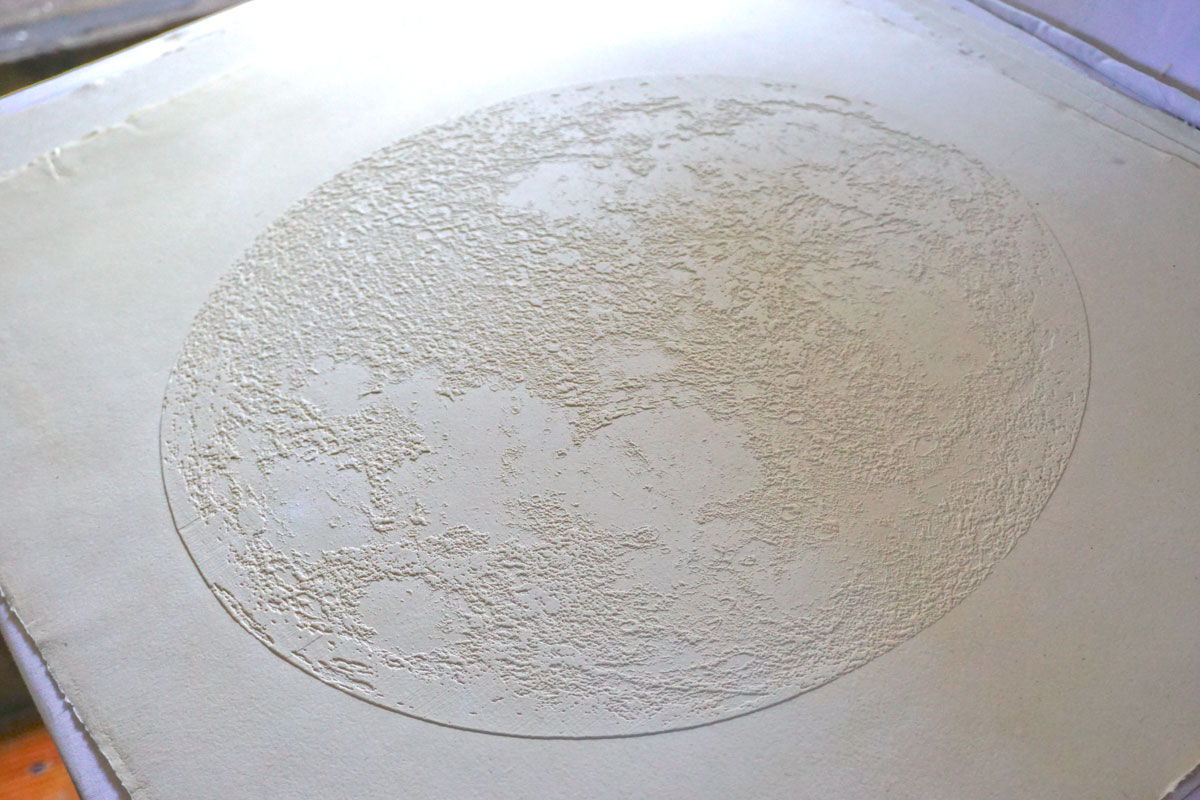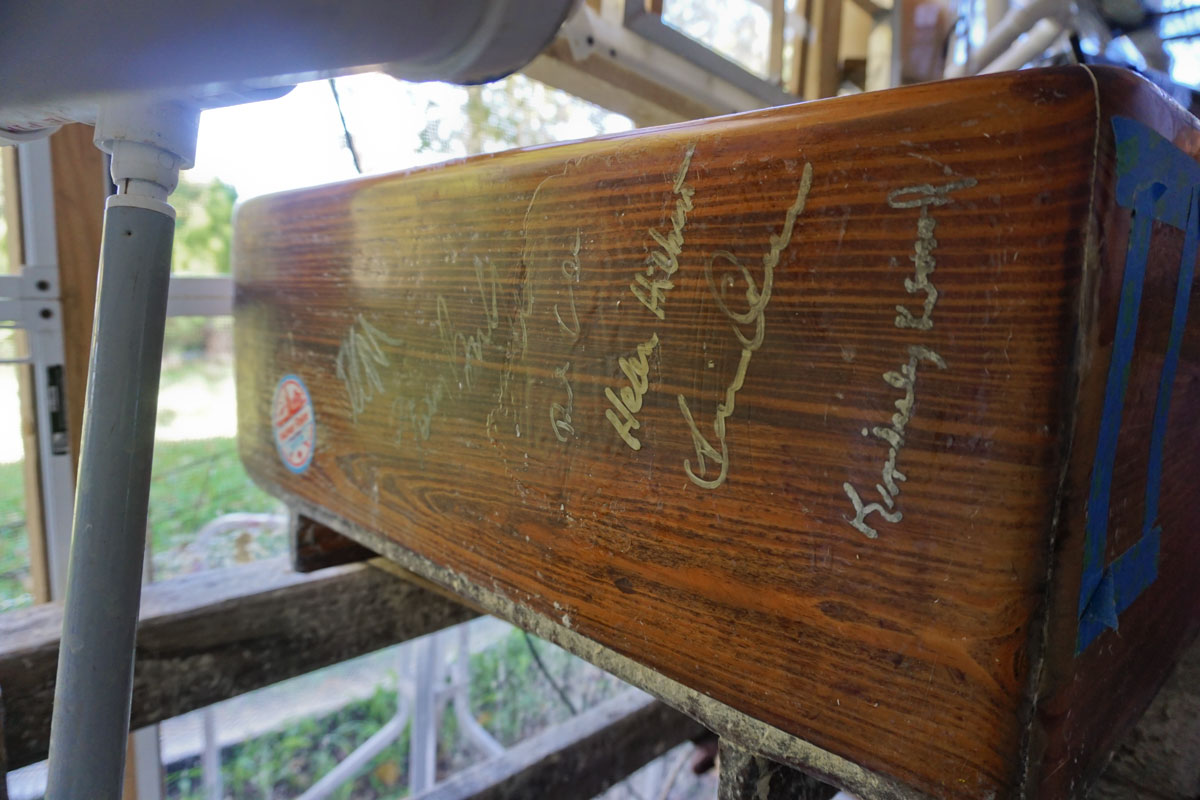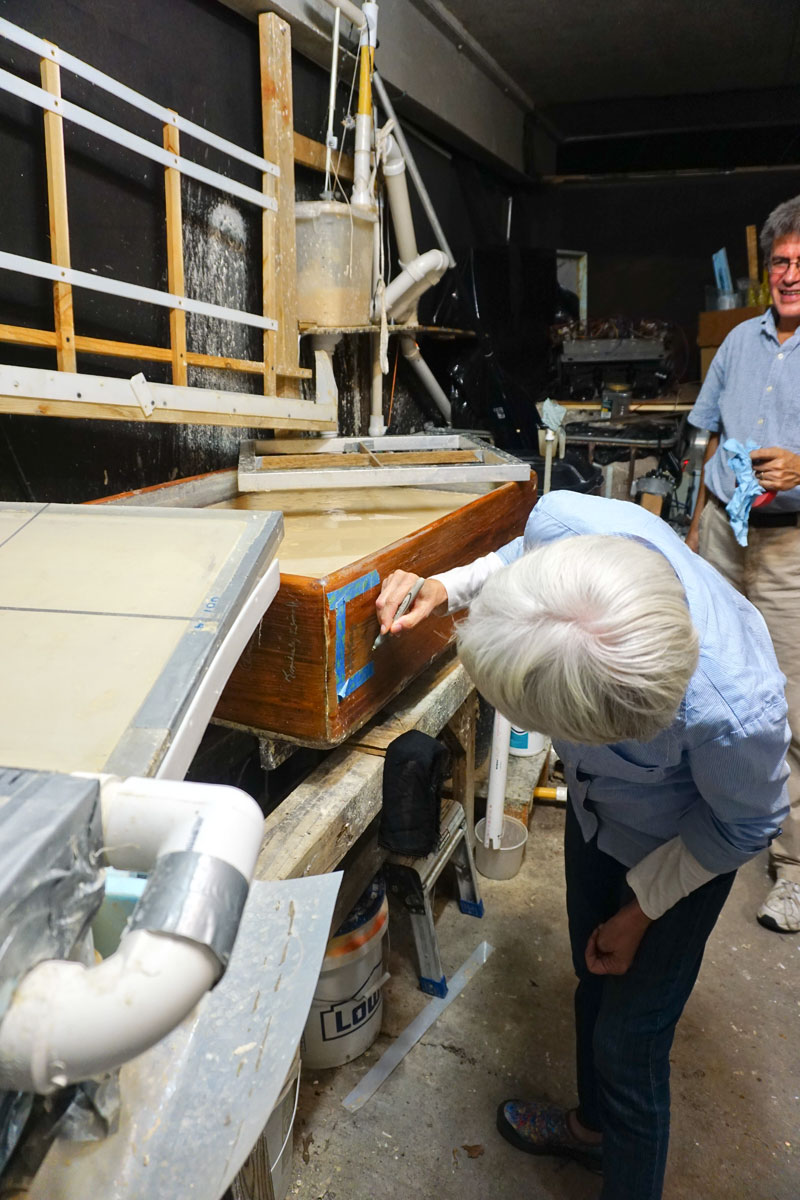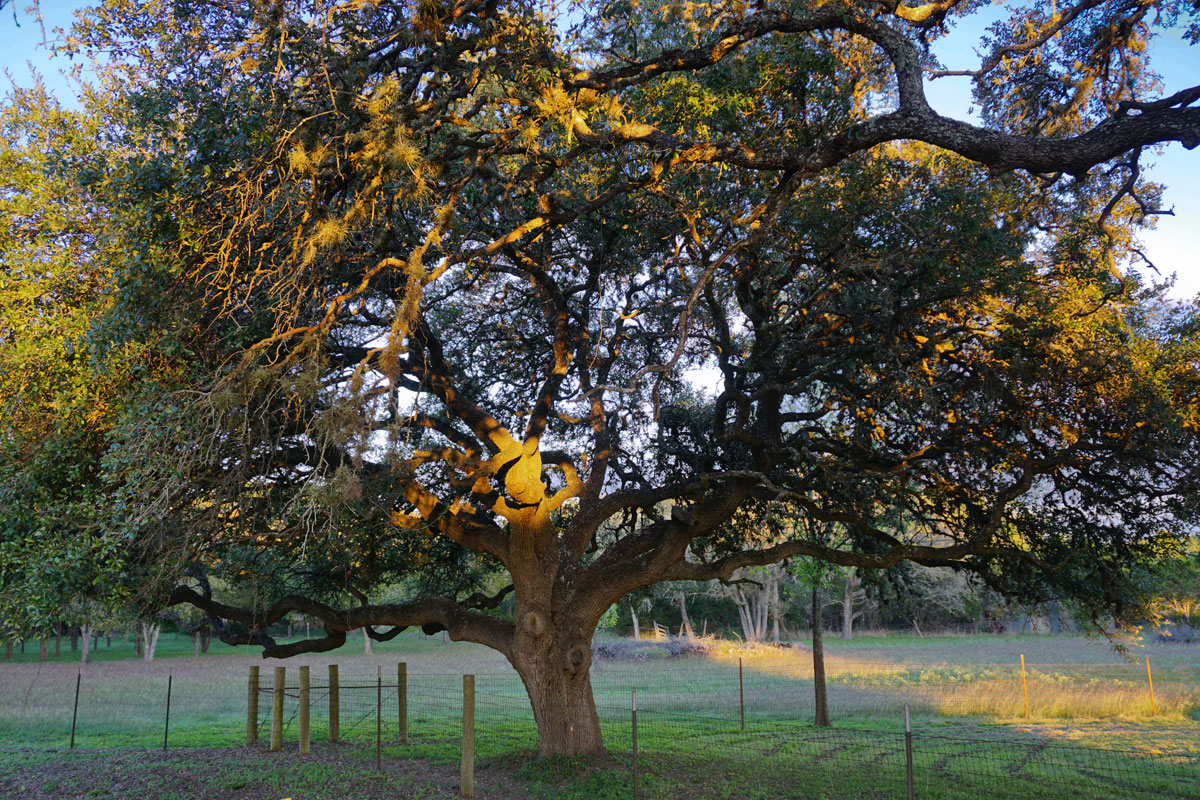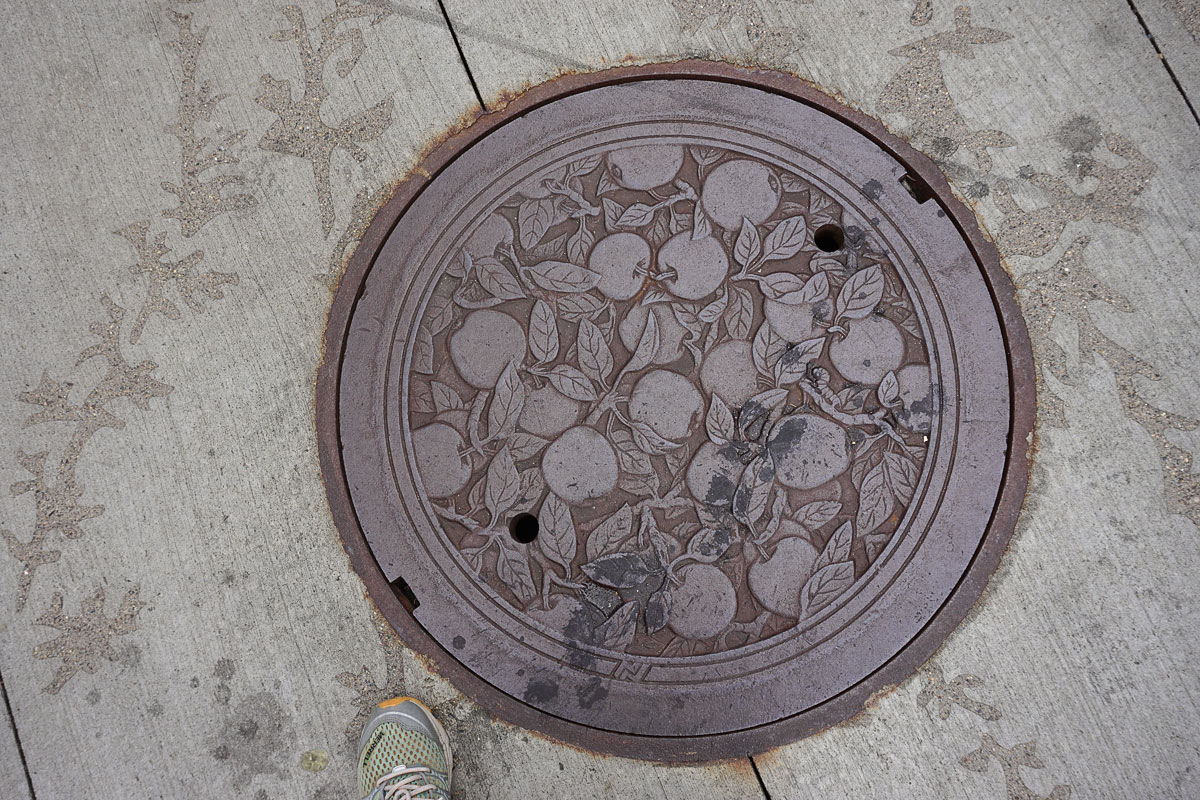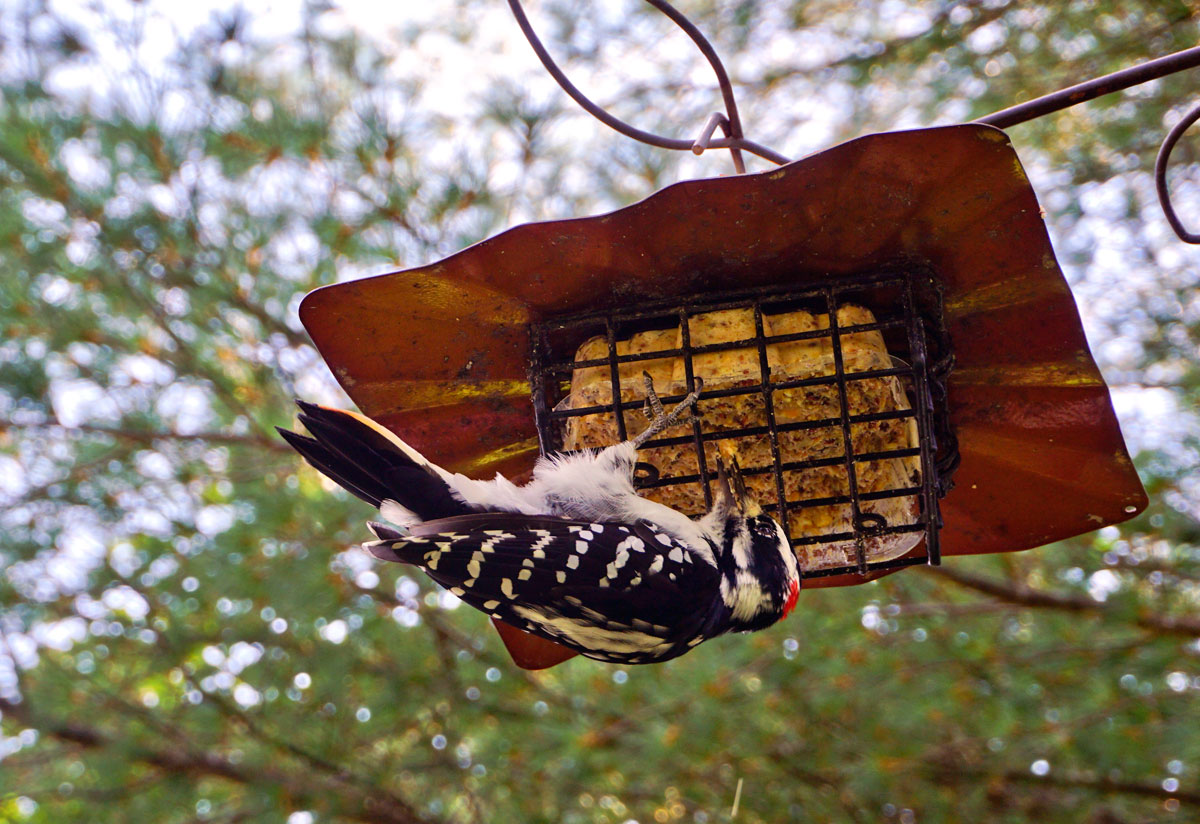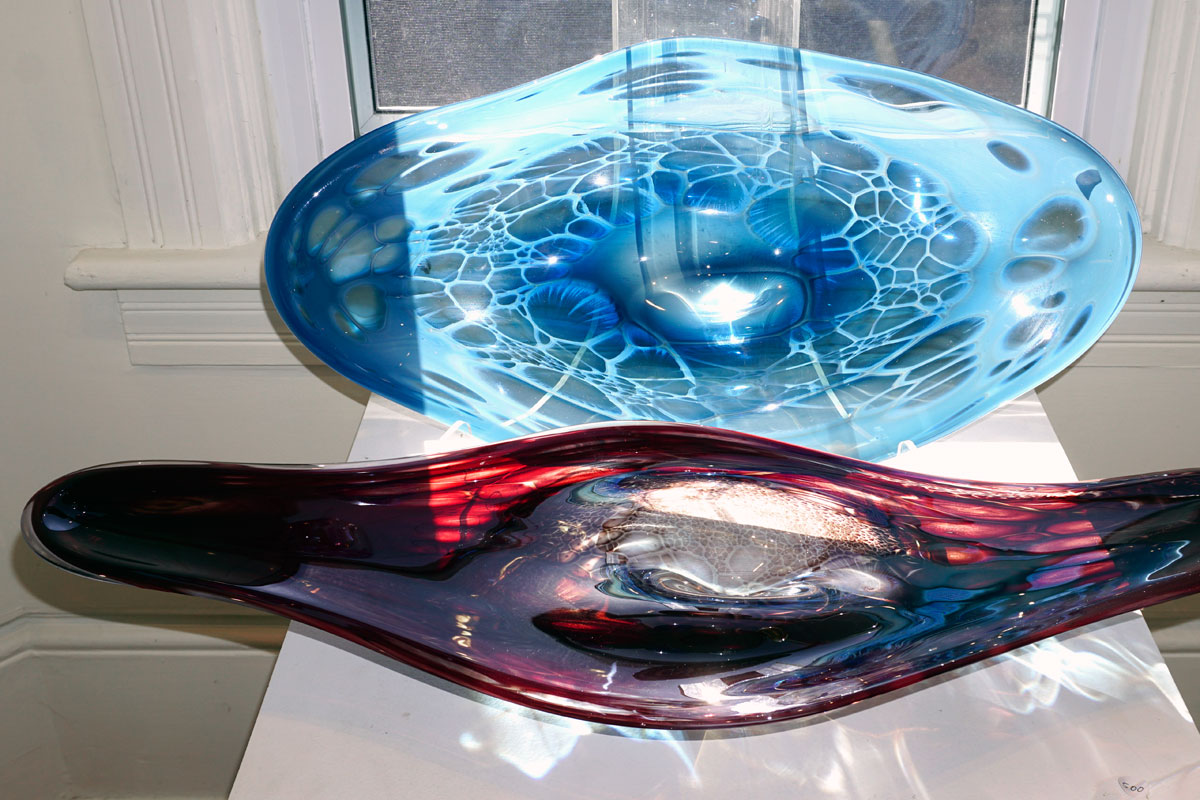I wish you all a Happy New Year—create and be prosperous.
I’m in Florida at the moment, trying to catch up on organizing my databases, going through photos to make room on my external hard drives... You know the new year cleansing!
Will talk about clearing and cleansing later... For now let’s get back to business after a couple of weeks off for the holidays! Last Fall while in Texas, I visited Flatbed Press with Mary Braughman from Austin Book Arts Center.
© Louise Levergneux. I enjoyed the four legged creates of Texas.
Flatbed is located on Boggy Creek, near the University of Texas. This Spring, Flatbed will be moving to 3701 Drossett Drive in Austin. Flatbed is comprised of two divisions, the Flatbed Press, a publishing workshop collaborating with artists to produce limited editions of original etchings, lithographs, woodcuts and monoprints. And the second division is Flatbed Gallery—a private art gallery, which specializes in original prints.
I had the privilege of meeting Annalise Natasha Gratovich who was working diligently on her own new series, her largest series to date. The Villagers, Carrying Things From Home, is co-published by Flatbed Press. The remarkable series includes eight 3 x 5.5 foot hand-dyed chine collé woodcuts.
© Louise Levergneux. Annalise Natasha Gratovich working on her new series, The Villagers, Carrying Things From Home.
© Louise Levergneux. © Louise Levergneux. Annalise Natasha Gratovich at Flatbed Press.
So, what does “chine collé woodcuts” mean, you ask? Chine-collé roughly translates from French as “chine” meaning tissue, and “collé” is glue or paste. The paper, usually in pre-cut shapes, is actually bonded to the heavier support paper of the print in the printmaking process. The over-all effect of collé is that the paper is actually bonded, not just glued, to the print. It can, at times, look like it is embossed. The word chine was adopted because the thin paper traditionally used was imported into Europe from China, India and Japan. One of the commonly applied techniques includes dampening the thin paper and placing it on the inked plate. What makes collé different from collage is that it is then run through a printing press where the pressure of the press adheres and bonds the collé paper to the print.
This process is how Annalise applies the colour to her work and she carefully hand dyes the coloured papers.
© Louise Levergneux. Annalise Natasha Gratovich’s chine collé woodcuts drying at Flatbed Press.
Annalise says thoughtfully of her creative work —
“The Journey. Searching. Longing/Belonging. Home identity. Personhood… Where are you? Where am I? Can we, will we, be together? My work explores themes of displacement, self and cultural identity, intention and accountability as well as burden and regret. The figures are based on matryoshka dolls (Russian stacking dolls) and the textile patterns are derived from Ukrainian embroidery, either in patterning or stylistic outline. This nod to the traditional and folk arts of the lands of my heritage, Ukraine and the American South, is important and used to invoke feelings of nostalgia- memories or fantasies of far away places lost or cannot be returned to. I consider my work most successful when a viewer is compelled to dream of these memories and places, when they relate to my characters, and in that way I consider my work a visual continuation of what is shared through the rich and important art of storytelling.”
© 2018 Annalise Natasha Gratovich. The Builder, part of The Villagers, Carrying Things From Home by Annalise Natasha Gratovich.
© 2018 Annalise Natasha Gratovich. The Musician, part of The Villagers, Carrying Things From Home by Annalise Natasha Gratovich.
Gratovich is the Associate Gallery Director of the fine art print publisher Flatbed Press and a member of the Board of Directors of PrintAustin, a month-long, city-wide printmaking event for which she has helped organize exhibitions and special events, curate the PrintAustin Invitational, and has participated in artist and curator talks, and panel discussions.
© 2018 Annalise Natasha Gratovich. To Awaken In Paradise an etching with hand dyed chine collé by Annalise Natasha Gratovich.
I’m around the Tampa area of Florida for the next 3 weeks, then I’m visiting The Florida Atlantic University Wimberly Library and the Jaffe Collection at the end of January in Boca Raton. If you are interested in a visit to your studio, please, let me know. I would love to be introduced to your artists’ books.

